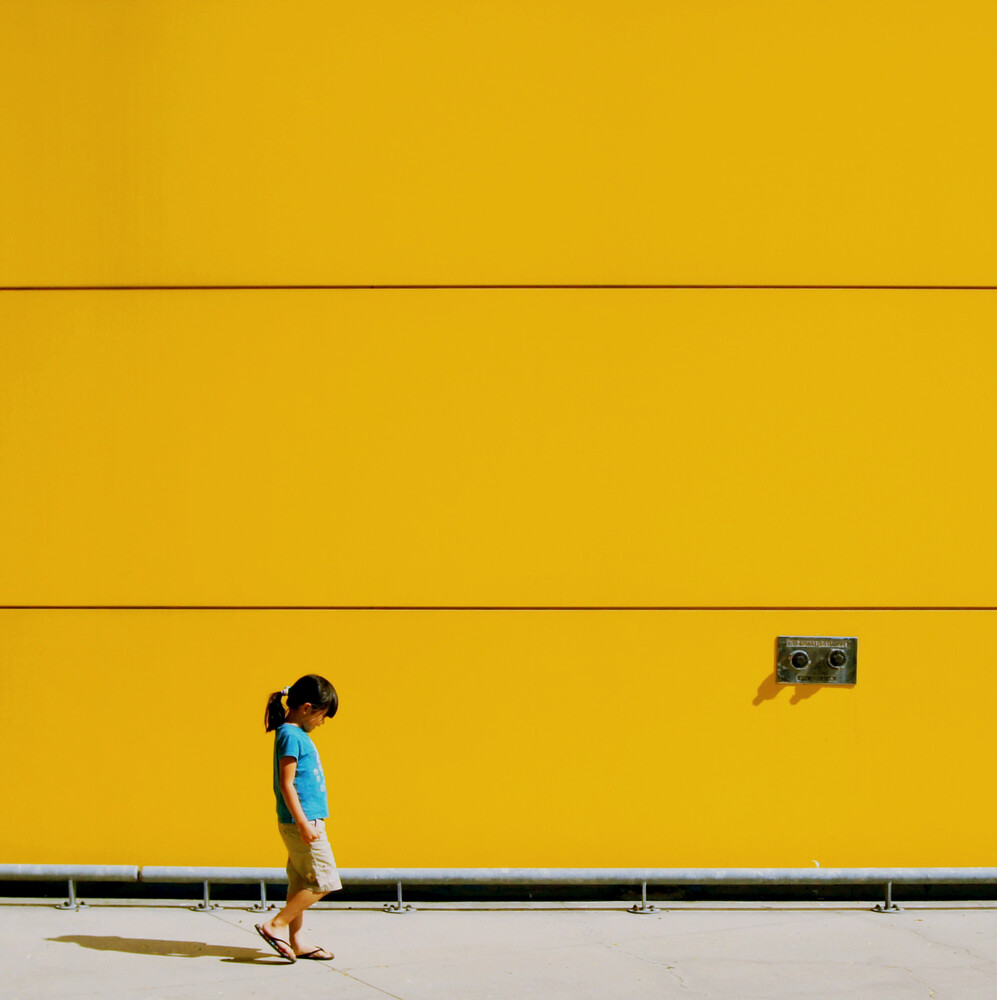Vertical Lines- go up and down

Horizontal- go from left to right (or right to left)


S Curves- curved line (similar to an S shape)

Leading Lines- typically straight lines that LEAD a viewer to look somewhere (usually in the center)



Pay special attention to man-made objects such as:
|
In nature, pay particular attention to:
|


















































